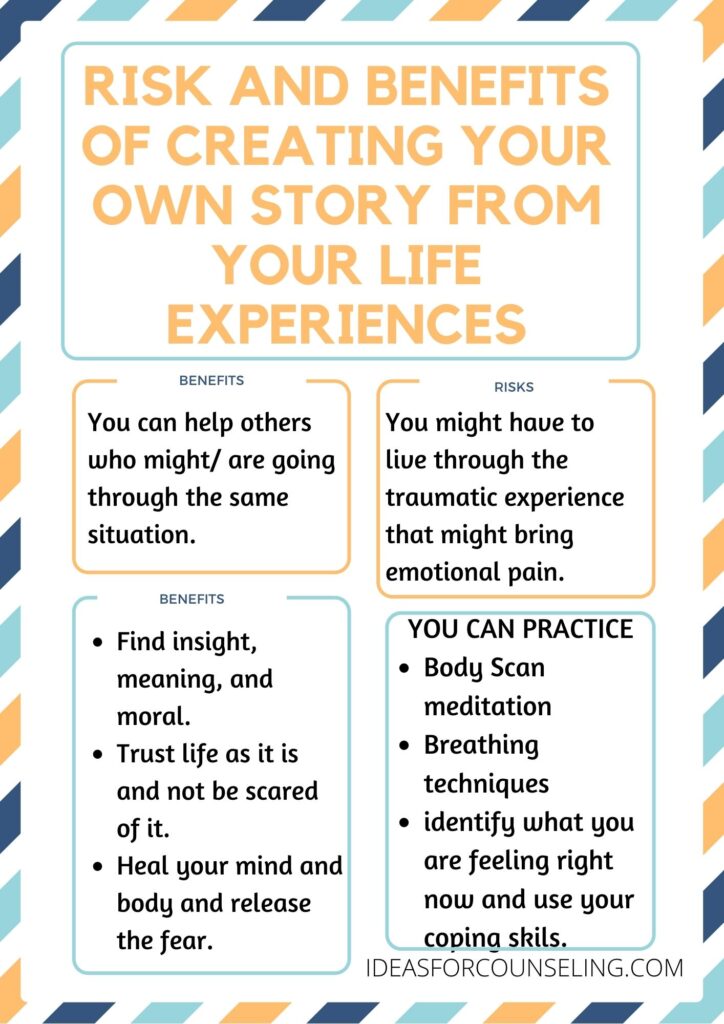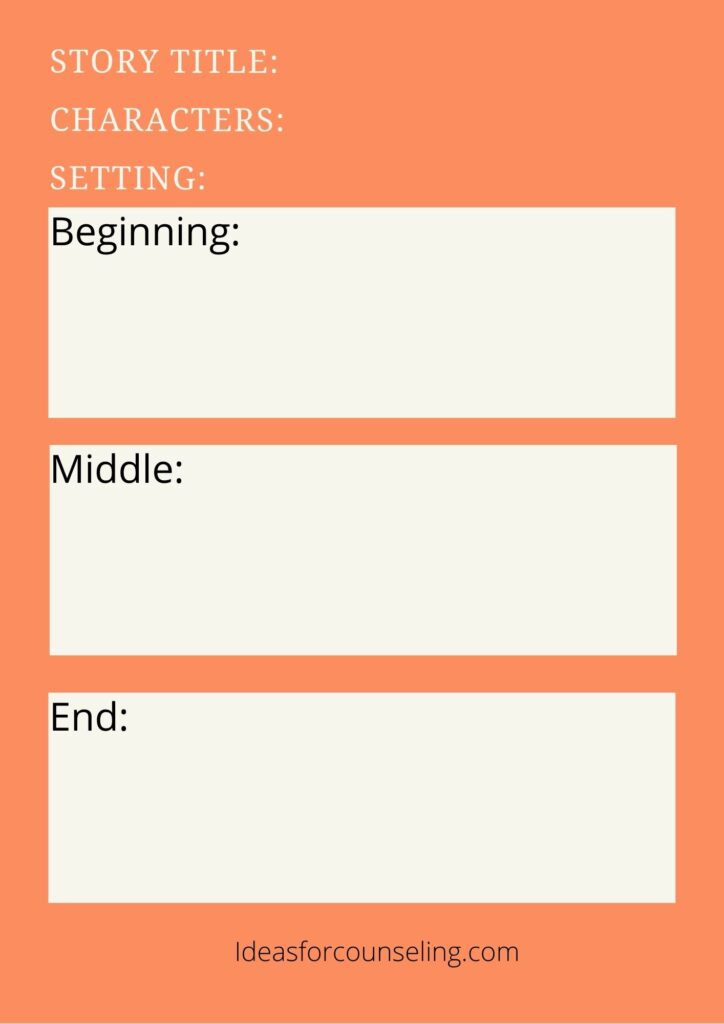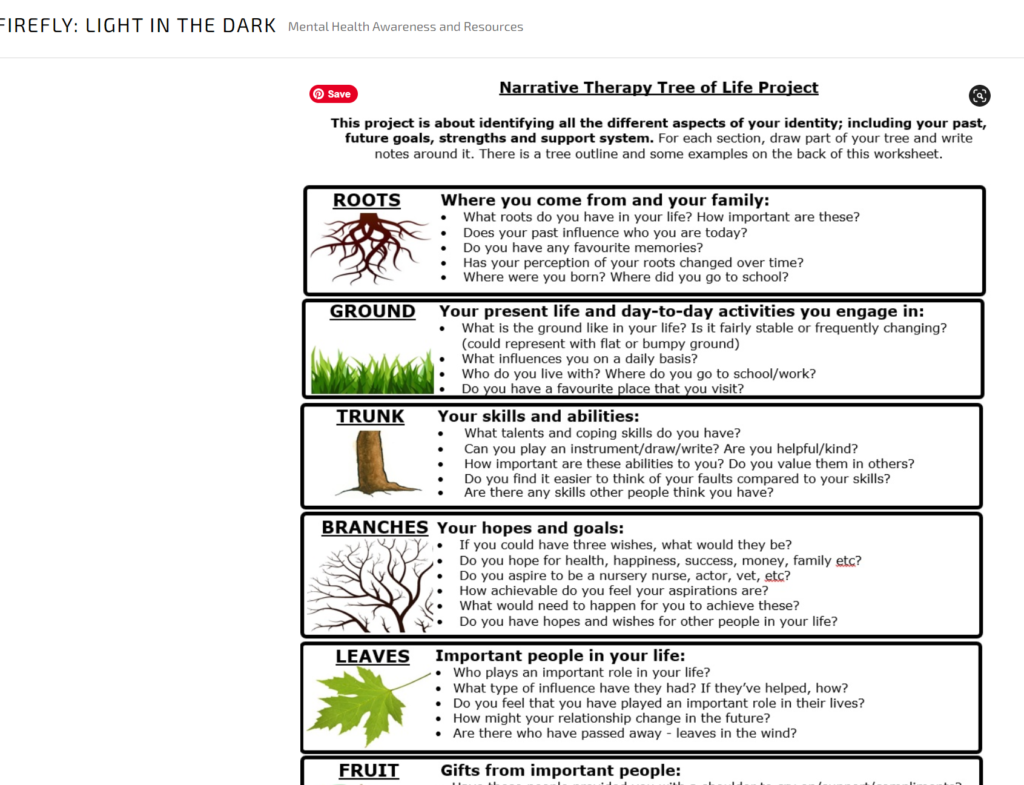FIRST PART: READING STORIES
- USE OF LOCAL LIBRARY AND/OR BUYING COUNSELING BOOKS: I start my session by telling stories or reading stories to the children I work with. If you go to your local library, You can find tons of books you can use in your counseling sessions. I love reading some of these books. I love the Berenstain Bears ones. There are so many themes and morals on different topics. I also have my own collection. Some of my favorite ones:
- A terrible thing happened: Really good one to provide psychoeducation on symptoms of trauma, and how sharing traumatic events can help you feel better.
- Don’t feed the worry bug: This one focuses on how being worried can lead you to focus on your worries and affect your lives, and how to handle anxiety.
- The hurt: Discusses the importance of talking about feelings, and how feelings can take over our daily lives.
- Have you filled a bucket today? A wonderful book about the joy of being kind, caring, and loving towards others.
- Stories created by other children in counseling: Once I get verbal and written permission from the parents and the children, I also read the books created by the children in my counseling sessions. These are the favorites for most of the kids.
- WEBSITE YOU CAN FIND CHILDREN’S BOOKS FOR COUNSELING: This link has tons of children’s books that can be used for counseling. https://childmind.org/article/best-childrens-books-about-mental-health/
- YOUTUBE: You can also search youtube videos – storytime or read aloud. You can watch the video together and have a discussion about hr.
SECOND PART: CREATING A STORY/ MOVIE/ COMIC/ PICTURE BOOK.
- RISKS AND BENEFITS: First I ask them what topics they want to choose from their timeline activity 3rd session: Draw my life- Timeline. This activity has really helped children overcome being bullied, and trauma (TRAUMA: I would really recommend being trained in trauma before you use this activity with your patients), feelings, relationships, grief, loss, or personal hurtful experience. Topics can be anything that the children are willing to use and discuss. I try to discuss the benefits and risks, then I let them make a decision.

2. CREATING THE STORY with beginning, middle, and end: This is where you can use some of your social work skills to help them find resiliency and accountability. By partializing the story, you can help them externalize the problem, and also find solutions that they might not be aware of. This can also be an opportunity to explore their feelings, and thoughts about the event or situation. While letting them be an expert and have control in their narrative, you can gently introduce the idea of changing, giving a different ending/ improving the story/ alternative outcome.

3: MORAL OF THE STORY: This can be very therapeutic as they use their self-awareness to look for meaning or what they learned. I love asking “how can other people learn from this story?”, “How can others handle the same situation?”.

RESOURCES AND WEBSITES:
- Information about narrative therapy: https://positivepsychology.com/narrative-therapy/ The positive psychology website provides information about narrative therapy. It talks about techniques, exercises, interventions, and examples of questions to your clients. Courtney Ackerman also added books that can help you know more about narrative therapy.
- FREE online course: This Dulwich Centre includes nine lessons that teach you about narrative practice. It also has good articles. https://dulwichcentre.com.au/courses/what-is-narrative-practice-a-free-course/
- Tree of life by Dulwich Centre Foundation: This website has this really cool narrative therapy tree of life activity that you can download, along with a video. Enjoy!!! https://firefly255.wordpress.com/2016/05/20/narrative-therapy-project-tree-of-life/

4. Earthquake and feelings Book: This is a book I wrote to help me deal with my anxiety and others while my parents and families were in Nepal suffering from an earthquake in 2015. This book is written for children and aims to teach about earthquakes, feelings that one might have, and coping skills to deal with those feelings. There is a Nepali and English Version.




